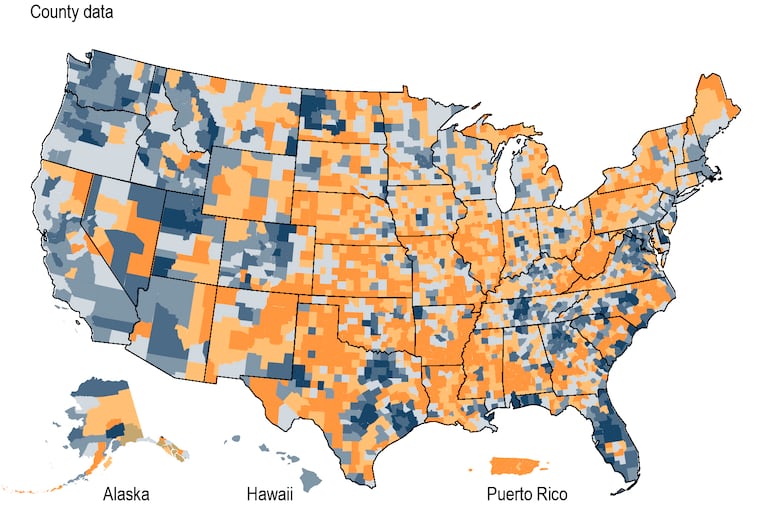What new census data tell us about Pa.’s politics: More influence for Philly and Latinos, and a shrinking white vote
The shifts mirror national trends showing growth in denser, diverse, and generally more liberal areas while conservative rural regions shrink but retain power due to disproportionate representation.
